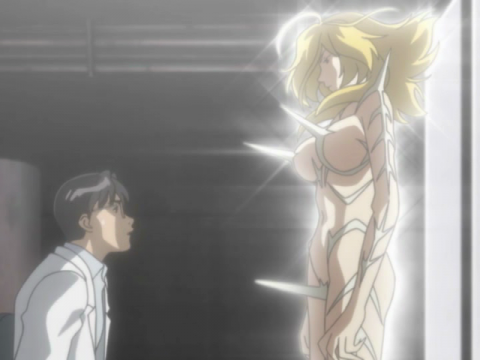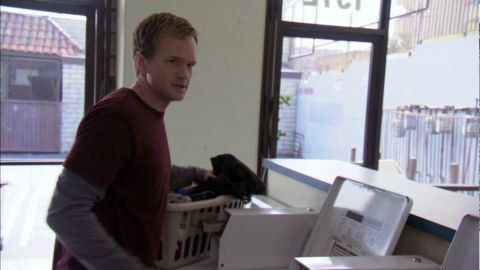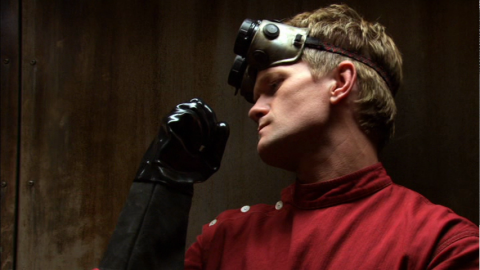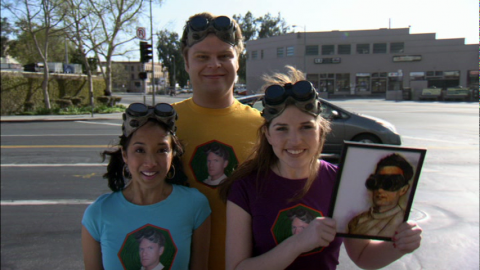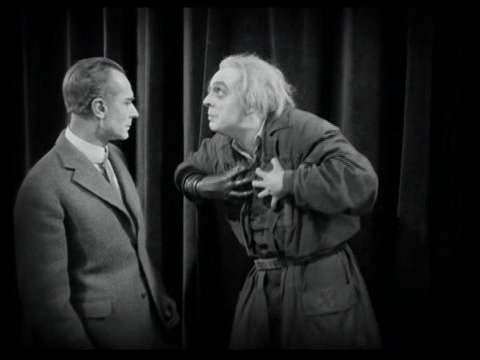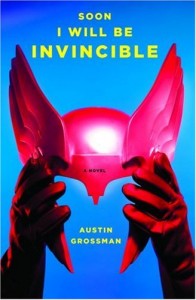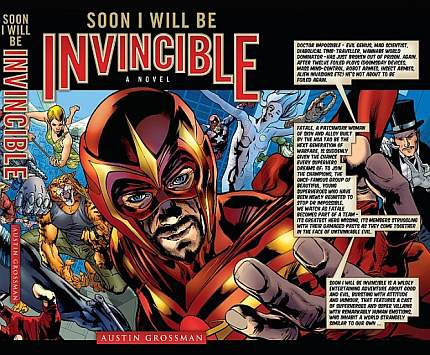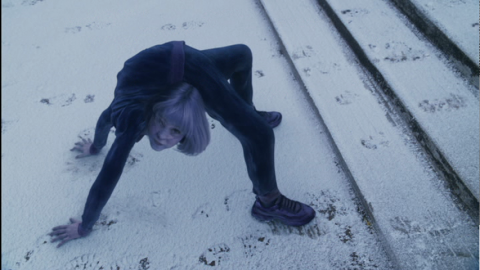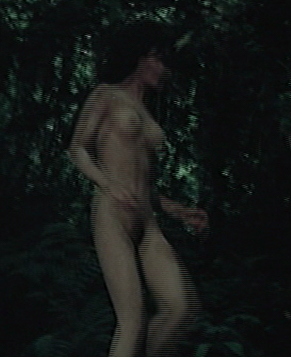Here in the Northeastern United States we’ve been enduring some rather frigid weather and short, dark days of late. What better way to find relief for ourselves than to journey to some warm tropical beach somewhere? Well, we can do that in imagination at least, with the help of the prolific Peruvian artist Bokuman, who’s drawn for us the epilogue scene from The Apsinthion Protocol.
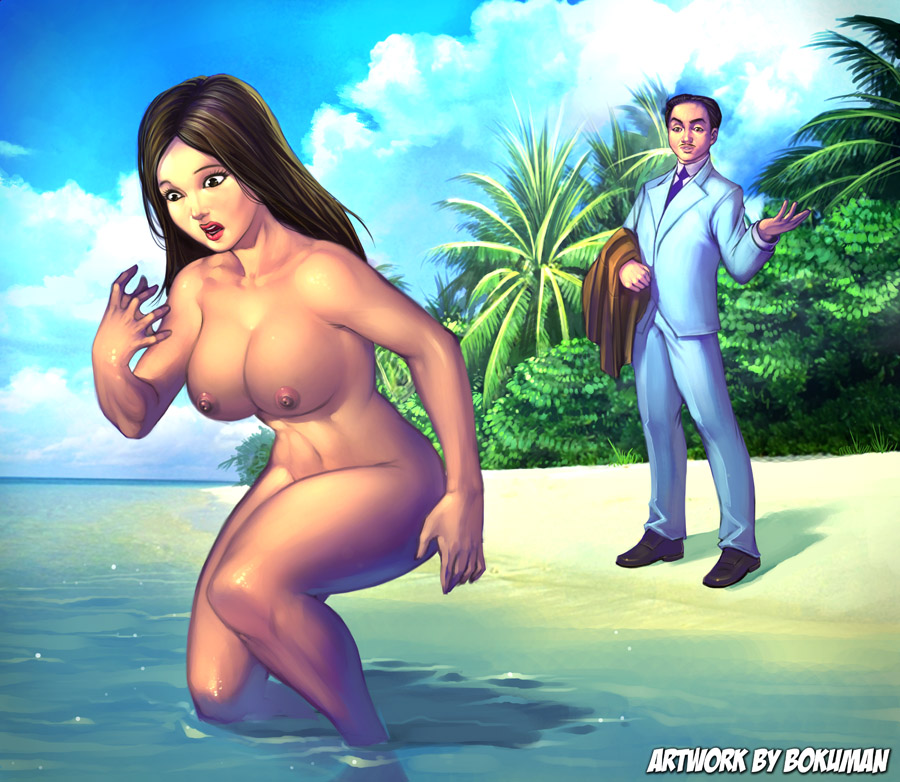
(Click on the image to see it in larger size. 
Anwei Transformation by Bokuman and commissioned by Dr. Faustus of EroticMadScience.com is licensed under a Creative Commons Attribution-NonCommercial-NoDerivs 3.0 Unported License.)
The scene Bokuman is illustrating is this one:
EXT. A BEACH SOMEWHERE IN SOUTHEAST ASIA – DAY
Corwin and Anwei stand on the beach, which is otherwise deserted.
CORWIN
This is very risky of you to attempt, Anwei.
ANWEI
However risky, if there’s even a small chance that Nanetta and Moira succeeded in doing what you think it was they were trying to do, then this has to be done.
CORWIN
Try to re-establish contact with Howard’s species. Get their trust back. See what of Nanetta and Moira might have made through. But do you really think you can succeed?
anwei
I have been through many iterations of the Apsinthion Protocol since we first improvised it for that…emergency. My body has absorbed a lot of apsinthion chemistry in that time, and I feel I am beginning to undergo certain…changes that might make it possible for me to survive out there.
Anwei holds up her right hand.
EXTREME CLOSE UP: anwei’s right hand
Larger-than-normal webbing has is to be seen between her fingers.
back to scene
CORWIN
It still seems somehow very uncertain.
ANWEI
I can’t not do this, Joseph.
CORWIN
I agree.
Anwei disrobes completely, folds her clothing, and hands it to Corwin.
ANWEI
I am ready.
CORWIN
Go then.
Corwin kisses Anwei gently on the forehead.
Anwei wades out into the surf, then dives in and disappears.
FADE OUT.
I’ve always greatly enjoyed Bokuman’s illustrations, especially the voluptuous attention he gives to female figures, but what pleases me most about what he has done here is the attention he paid to Anwei’s facial expression and body language. The illustration presents an interpretation of the story, and a most interesting one as well. Anwei has predicted her transformation from a land creature into a sea creature. She has accepted it intellectually. But now that it’s actually happening it’s implications are beginning to come home viscerally, and she is registering a moment of awe, surprise, even fear as they do, even as Anwei is about to dive in.
I think Bokuman is really clear on the concept, don’t you?

